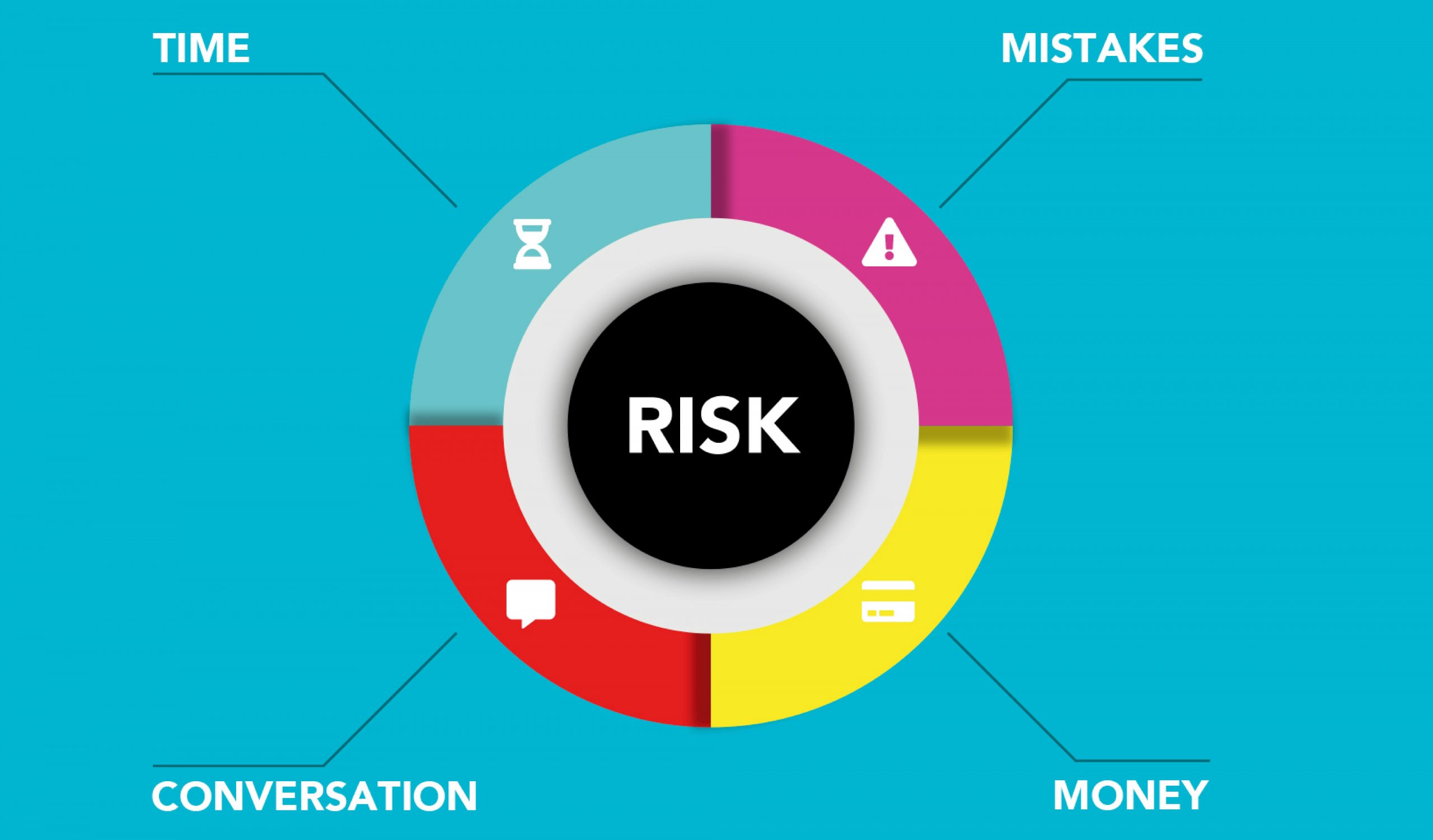Regulatory Structures in Algorithmic Risk Profiles
The landscape of consumer risk modeling in the financial technology sector is undergoing rapid change, heavily influenced by regulatory tightening across digital banking, neobanks, and lending ecosystems. Traditional frameworks no longer meet the agility requirements of today’s FinTech operations. Institutions now require modular, compliance-first platforms that interpret risk within real-time legal boundaries.
Emerging regulatory technologies apply interpretive compliance logic, enabling scalable and consistent governance. Automated auditing across lending decisions ensures that bias detection and correction mechanisms are embedded at the architecture level. This structural transformation aligns with the rise of adaptive governance, where rulebooks are modeled as living datasets rather than static policy documents.
BPOManila-backed research indicates a measurable shift in how digital lenders respond to updated Know Your Customer (KYC) protocols and Anti-Money Laundering (AML) models. Consumer risk evaluations are becoming traceable, explainable, and responsive to shifting legal interpretations. This operational shift underscores the need for FinTech platforms to integrate regulation-aware modeling in every touchpoint of the user lifecycle.
Behavioral Data Structuring in Credit Attribution
Consumer behavior has become the most dynamic input in next-generation risk models. The static credit bureau scoring model is giving way to behavioral heuristics based on real-time data signals, mobile device usage, transaction patterns, online engagement, geolocation behaviors, and social graph data.
The aggregation of micro-signals into credit risk narratives allows for precise, fluid segmentation. Consumers previously underserved due to thin credit files can now be analyzed through broader behavioral models that reflect risk more accurately than static scorecards.
Financial technology platforms are developing behavioral engines that layer psychometric scoring with financial literacy markers. This approach aligns with efforts to offer financial products to gig workers, freelancers, and micro-entrepreneurs who previously fell outside conventional risk models.
Incorporating behavioral data also enables institutions to observe risk evolution rather than risk snapshots. Continuous recalibration of risk scores in response to behavior fluctuations enhances model precision, especially in volatile market cycles. Platforms that deploy customer journey-level behavioral tagging can deliver more adaptive financial solutions, ensuring long-term engagement and lower default rates.
Predictive Layering Through Deep Learning Algorithms
Machine learning frameworks are transforming consumer risk modeling from reactive to predictive. Financial technologies now incorporate real-time learning loops that allow models to self-adjust in response to performance drift or anomalous signals. This automation reduces human friction while improving time-to-decision across lending, insurance, and investment services.
The integration of convolutional neural networks and recurrent feedback systems allows platforms to spot latent risk indicators before they materialize into credit events. Data inputs extend beyond traditional financial fields and include third-party social, occupational, and biometric attributes.
Deep learning also supports adaptive recalibration, which corrects for population drift or external macroeconomic shocks. Algorithms can be trained to recognize when global or local events may render previous assumptions invalid, enhancing both model accuracy and resilience.
For FinTech startups and scaleups, deep learning creates a competitive advantage by enabling intelligent product targeting based on early-stage behavioral signals. Consumers are evaluated on intent indicators rather than only historical repayment behavior, allowing more inclusive and forward-looking risk attribution.
Real Time Risk Intelligence in Consumer Touchpoints
FinTech platforms are embedding risk intelligence into the customer journey itself. From onboarding to repayments, every interaction now provides data that refines the risk portrait of the consumer. This shift from periodic evaluation to continuous observation allows institutions to respond to risk changes instantly rather than retroactively.
Identity validation, transaction monitoring, and even customer service interactions are now integrated with natural language processing and sentiment analysis models. These tools generate emotional and behavioral cues that inform risk classifiers in the background without requiring manual assessments.
Furthermore, cloud-native FinTech infrastructures allow for instantaneous model retraining. When a user demonstrates new patterns, such as increased transaction frequency or revised geographic usage, the platform updates the user’s risk profile with minimal latency.
This allows for more dynamic credit limits, insurance pricing, and financial recommendations. Real-time risk intelligence improves consumer experience by aligning financial access with actual need and reducing friction for trusted behaviors. BPOManila supports firms implementing this infrastructure by offering scalable agent-based validation layers for edge-case anomaly handling.
Ecosystem Integration Across Financial Use Cases
Risk modeling is no longer a siloed function limited to lending. FinTechs now deploy unified consumer profiles across multiple products, from savings and investments to insurance and payments. This unification reduces model redundancy while improving customer understanding.
Ecosystem integration allows companies to establish cross-product insights such as behavioral consistency, product preference drift, and cross-platform engagement habits. A consumer’s activity on a buy-now-pay-later platform may impact their investment risk score or eligibility for short-term credit, all calculated in an integrated environment.
Data sharing partnerships across platforms and API-first strategies make this ecosystem integration more viable. Partnerships between FinTech lenders, insurance tech providers, and payment processors are enabling the emergence of risk hubs, unified systems where consumer data, product preferences, and behavioral attributes combine into multidimensional financial identities.
This architecture also enables tiered product strategies. A high-risk profile in one category can be offset by risk mitigation in another, enabling more holistic financial access. In this context, customer engagement becomes a feedback loop where every product interaction strengthens or adjusts the consumer’s risk standing.
Personalization Engines in Risk Based Segmentation
Risk segmentation is moving from categorical filters to personalized identity models. Instead of grouping consumers by rigid classes such as income or geography, FinTech platforms now personalize segmentation based on probabilistic performance forecasts.
Using advanced clustering models, consumers are now segmented by traits like adaptability to financial stress, responsiveness to support interventions, and financial content consumption behavior. These insights inform marketing, underwriting, and support decisions, ensuring that services match user context.
Personalization also mitigates the one-size-fits-all dilemma in financial services. Credit offers, loan terms, repayment schedules, and educational resources are tailored based on the consumer’s segment archetype.
This enables FinTech platforms to serve high-risk customers through risk-adjusted terms rather than exclusion. Instead of denying credit, platforms now modify exposure based on micro-risk factors. BPOManila’s Ai-enhanced customer profiling tools have helped platforms implement such adaptive segmentation frameworks in customer onboarding and loan servicing workflows.
Personalized risk segmentation enhances financial inclusion while preserving asset quality. It fosters stronger engagement because users receive services aligned with their reality, improving customer satisfaction and lifetime value.
Get In Touch Today
Want to modernize your consumer risk modeling strategy? Partner with BPOManila to integrate real-time intelligence, Ai-driven segmentation, and ecosystem-level insights into your financial technology platform. Our custom-built solutions help you serve new market segments while improving compliance, agility, and customer experience.
Contact us today to transform risk into opportunity.

